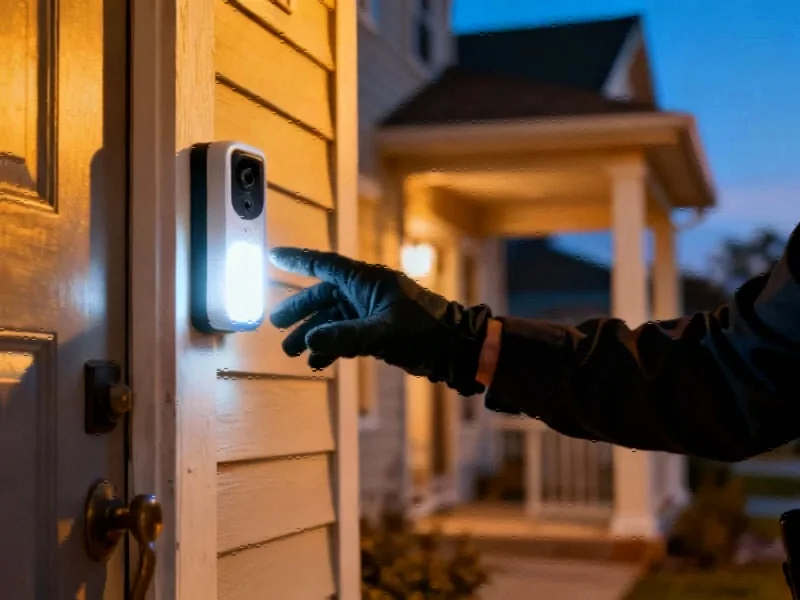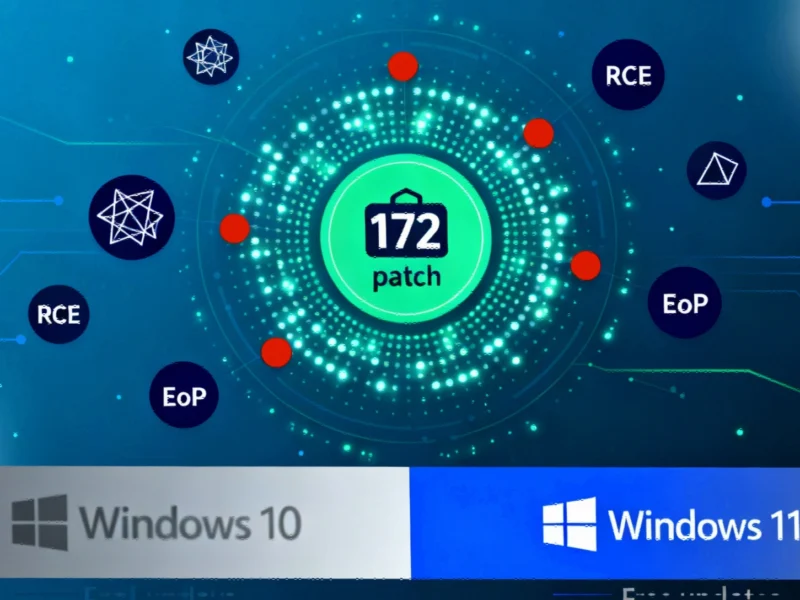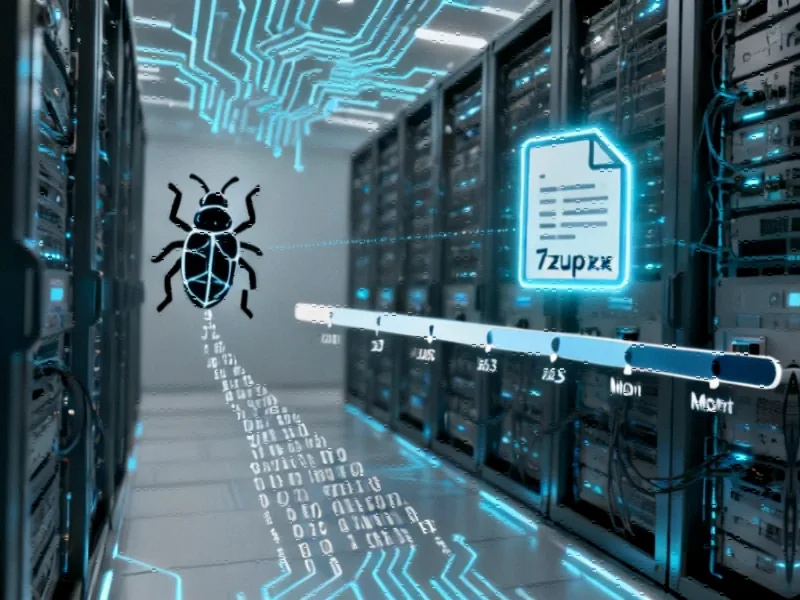Law Enforcement Access to Home Surveillance Footage Grows
Amazon’s Ring division is significantly expanding law enforcement’s ability to access home surveillance footage through a new partnership with Flock Safety, a police surveillance platform already used by thousands of agencies nationwide. The collaboration marks a strategic shift toward deeper police integration just months after founder Jamie Siminoff returned to lead the company, reversing Ring’s previous efforts to distance itself from law enforcement ties.
Under the new arrangement, more than 5,000 law enforcement agencies using Flock’s systems can now send direct requests for footage through the Ring Neighbors app. While Amazon emphasizes that user participation remains voluntary and anonymous, privacy advocates express concerns about the normalization of police surveillance networks.
Technical Integration and User Privacy Implications
The partnership enables agencies using Flock’s Nova system or FlockOS to “send a direct post in the Ring Neighbors app with details about the investigation and request voluntary assistance.” According to the companies, law enforcement must specify what they’re seeking—including locations, timeframes, and incident details—though critics question whether the voluntary nature of these requests might create implicit pressure on homeowners to comply.
This development represents a notable reversal from Ring’s 2024 decision to eliminate its Request for Assistance feature, which had allowed warrantless police video requests. At that time, the company stated it was moving toward a more “community-focused” model. However, as detailed in this comprehensive analysis of police surveillance partnerships, the return of founder Siminoff appears to have prompted a strategic pivot toward deeper law enforcement integration.
Broader Surveillance Ecosystem Expansion
Ring’s partnership with Flock Safety represents just one component of Amazon’s expanding surveillance strategy. Since Siminoff’s return, the company has announced multiple police integrations, including a deal with Taser-maker Axon that allows officers to request footage directly through Axon’s evidence management system. These technology integrations are becoming increasingly sophisticated, raising questions about how different systems interconnect.
Industry observers note that Amazon and Ring are reportedly developing additional capabilities, including facial recognition features and an opt-in function that would allow users to livestream their doorbell feeds directly to law enforcement. These developments occur alongside other regulatory and industry developments that are shaping the future of privacy and security technologies.
Privacy Concerns and Regulatory Landscape
Digital rights organizations have voiced alarm about the normalization of public-private surveillance partnerships. “What begins as voluntary cooperation can quickly become expected participation,” notes a representative from the Electronic Frontier Foundation. “Each new integration makes it easier for law enforcement to access enormous amounts of footage without traditional oversight mechanisms.”
The expansion occurs as regulatory bodies worldwide are grappling with how to oversee emerging surveillance technologies. These technological innovations in multiple fields are advancing faster than regulatory frameworks can adapt, creating complex challenges for policymakers and civil liberties advocates alike.
Future Implications for Home Security and Privacy
As Ring continues to expand its police partnerships, homeowners face increasingly complex decisions about balancing security concerns with privacy considerations. The company’s growing network of integrated surveillance technologies represents a significant shift in how law enforcement accesses civilian-recorded footage.
The trajectory suggests a future where private home security systems become increasingly integrated into public law enforcement operations, raising fundamental questions about the boundaries between private property rights and public safety initiatives. As these systems evolve, consumers will need to carefully consider both the security benefits and privacy implications of participating in such networks.
This article aggregates information from publicly available sources. All trademarks and copyrights belong to their respective owners.
Note: Featured image is for illustrative purposes only and does not represent any specific product, service, or entity mentioned in this article.



